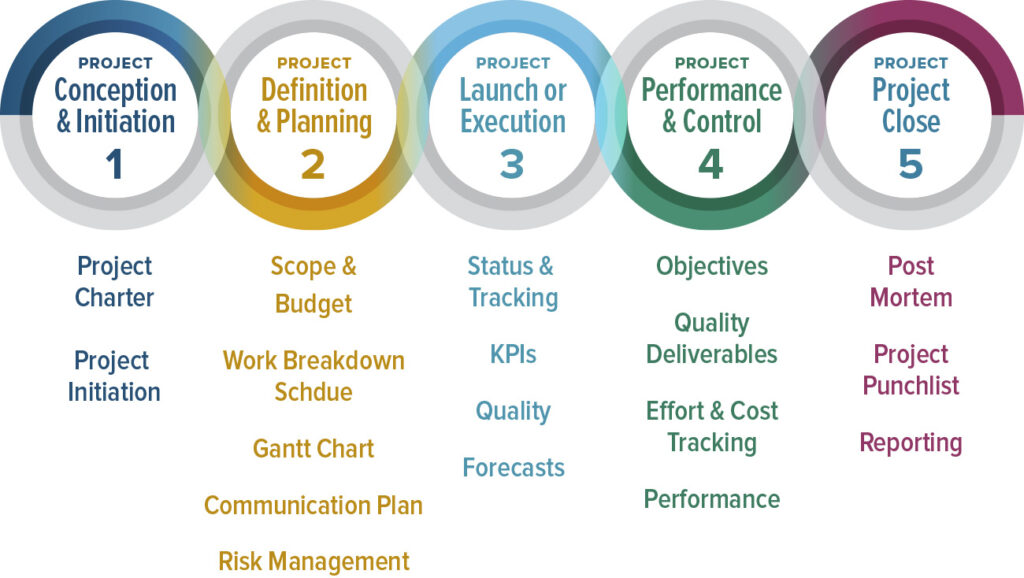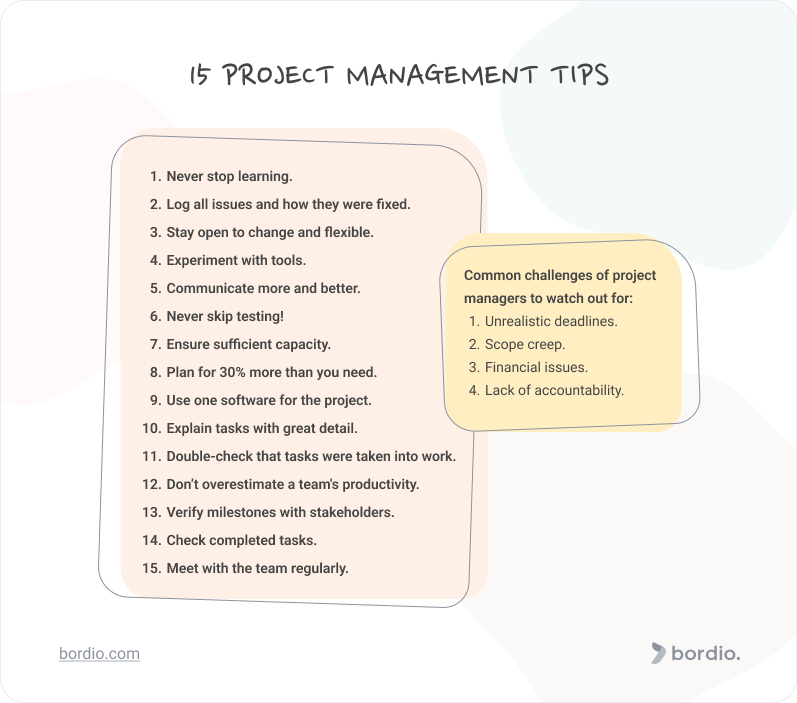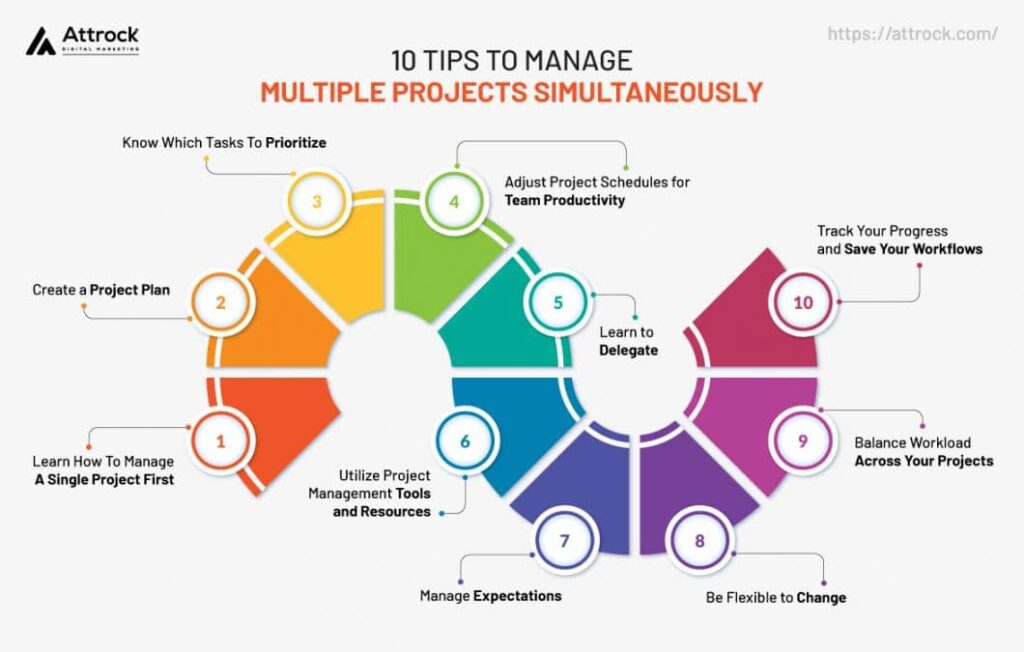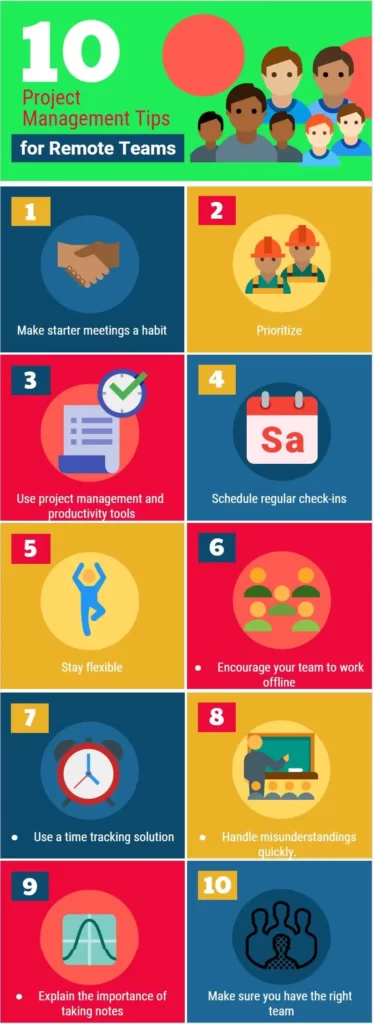
Are you struggling to effectively manage your projects? Look no further! In this article, we will provide you with 10 valuable tips on how to use teams for project management. Whether you are working on a small or large-scale project, utilizing teams can greatly enhance your management approach. From effective communication to task delegation, these tips will equip you with the necessary skills to successfully navigate the world of project management. So, let’s get started and transform your project management game!
Establishing a Strong Project Team
Defining Roles and Responsibilities
When starting a project, it is crucial to define clear roles and responsibilities for each team member. By clearly outlining who is responsible for specific tasks and areas of expertise, you can avoid confusion and promote efficiency within the team. Clearly defined roles also help individuals understand their contribution to the overall project and feel a sense of ownership. To achieve this, take the time to discuss and allocate roles based on each team member’s strengths and expertise.
Identifying Key Competencies
Identifying the key competencies required for the project is essential in building a strong project team. This involves assessing the specific skills and knowledge needed to successfully complete the project and ensuring that team members possess these competencies. By matching the right people to the right tasks, you can leverage their expertise and increase the chances of project success. Regularly evaluate and update the team’s competencies to adapt to changing project requirements.
Developing a Team Charter
Creating a team charter is a valuable step in establishing a strong project team. A team charter serves as a roadmap that outlines the team’s purpose, goals, values, and expected behaviors. It establishes a common understanding and commitment among team members and provides a clear direction for everyone involved. When developing a team charter, encourage team members to actively contribute and collaborate on its creation to foster a sense of ownership and accountability.
Effective Communication Strategies

Encouraging Open and Honest Communication
Open and honest communication is crucial for successful project management. Encourage team members to express their ideas, concerns, and feedback openly. Create a safe and supportive environment where everyone feels comfortable sharing their thoughts without fear of judgment or repercussions. By fostering open communication, you can promote collaboration, creativity, and problem-solving within the team.
Setting Clear Communication Channels
Establishing clear communication channels is essential to ensure that information flows smoothly within the project team. Identify the most effective methods of communication for different scenarios, such as team meetings, virtual collaborations, and individual interactions. Utilize tools like emails, instant messaging, video conferences, and project management software to facilitate communication. By clarifying the preferred communication channels, you can avoid miscommunication and ensure everyone stays informed.
Regularly Scheduled Team Meetings
Regularly scheduled team meetings are essential for keeping everyone aligned and updated on the project’s progress. These meetings provide an opportunity for team members to share updates, discuss challenges, and collaborate on problem-solving. Ensure that meetings are well-structured, focused, and include all necessary participants. Set a regular meeting cadence that suits the project’s needs and ensure that everyone is prepared and actively engaged during the meetings.
Utilizing Project Management Tools

Selecting the Right Project Management Software
Choosing the right project management software is crucial for effective project management. Consider the specific needs of your project and evaluate different software options to find the one that best aligns with your requirements. Look for features such as task management, document sharing, collaboration tools, and reporting capabilities. Additionally, consider the ease of use, scalability, and compatibility with your team’s workflow when selecting the software.
Implementing Collaborative Online Platforms
Implementing collaborative online platforms can greatly enhance team communication and collaboration. These platforms enable real-time collaboration, document sharing, and task management, making it easier for team members to work together regardless of their physical location. Utilize platforms such as Microsoft Teams, Slack, or Google Workspace to facilitate seamless collaboration, track progress, and ensure everyone has access to the necessary project resources.
Leveraging Task Management and Tracking Systems
Task management and tracking systems play a vital role in keeping the project on track and ensuring timely completion of tasks. Utilize project management tools that offer robust task management features, allowing you to assign tasks, set deadlines, and track progress. This enables team members to have a clear understanding of their responsibilities and deadlines, reducing the chances of tasks getting overlooked or delayed. Regularly review the task management system to identify bottlenecks and make necessary adjustments.
Defining Project Goals and Objectives

Setting SMART Goals
Setting SMART (Specific, Measurable, Achievable, Relevant, Time-bound) goals is crucial to provide a clear direction for the project team. Clearly define the project’s objectives using specific and measurable criteria that can be tracked and evaluated. Ensure that the goals are achievable and aligned with the project’s overall strategy. Setting time-bound goals creates a sense of urgency and helps the team stay focused on completing tasks within the defined timeframe.
Creating Measurable Objectives
In addition to setting overall project goals, it is important to break them down into measurable objectives. Objectives provide tangible targets that team members can work towards, allowing for better tracking and evaluation of progress. Each objective should be specific, measurable, and aligned with the overall project goals. Clearly communicate the objectives to the team, providing them with a clear roadmap for success.
Aligning Project Goals with Organizational Strategy
Aligning project goals with the organization’s strategy is essential for ensuring that the project contributes to the overall success of the business. Clearly understand the organization’s objectives and identify how the project can support and align with those objectives. This alignment helps secure buy-in and support from key stakeholders and ensures that the project’s outcomes have a meaningful impact on the organization.
Establishing Effective Decision-Making Processes

Implementing Consensus-Based Decision Making
Implementing a consensus-based decision-making process encourages team collaboration and ensures that decisions are well-considered and widely accepted. Encourage open dialogue and active participation from all team members when making significant decisions. Strive to reach a consensus that reflects the input and perspectives of the entire team. This approach builds trust, encourages ownership, and promotes a sense of shared responsibility within the project team.
Assigning Decision-Making Authority
Properly assigning decision-making authority within the project team is crucial for effective project management. Clearly define decision-making roles and establish who has the final decision-making authority based on their expertise and responsibilities. Empowering team members with decision-making authority fosters a sense of accountability and encourages them to take ownership of their assigned tasks. Avoid micromanagement and trust your team members to make informed decisions.
Considering Alternative Perspectives
When making decisions, it is important to consider alternative perspectives to ensure well-rounded and informed choices. Encourage team members to provide diverse viewpoints and challenge assumptions. By considering various perspectives, you can identify potential risks, uncover innovative solutions, and mitigate blind spots. Foster a culture that values and respects different opinions to foster an environment conducive to decision-making based on multiple perspectives.
Promoting Collaboration and Teamwork

Creating a Positive Team Culture
Creating a positive team culture is essential for fostering collaboration and teamwork. Encourage an inclusive and supportive environment where team members feel comfortable to contribute, share ideas, and take risks without fear of judgment. Promote open communication, active listening, and constructive feedback within the team. Celebrate achievements and encourage a sense of camaraderie and shared purpose among team members.
Encouraging Knowledge Sharing
Knowledge sharing is crucial for maximizing the team’s collective expertise and fostering continuous learning. Encourage team members to share their knowledge, experiences, and best practices with their colleagues. Facilitate knowledge-sharing sessions, conduct workshops, and create platforms for information exchange. By encouraging knowledge sharing, you can enhance the team’s problem-solving capabilities and promote a culture of continuous improvement.
Fostering Cooperation and Support
Fostering cooperation and support within the project team is essential for achieving project success. Encourage team members to collaborate, help each other, and share resources. Foster a supportive and inclusive environment where individuals feel comfortable seeking assistance and offering help when needed. By promoting cooperation and support, you can leverage the diverse skills and strengths of the team members to overcome challenges and accomplish project goals.
Managing Conflict and Resolving Issues
Addressing Conflict Proactively
Conflict is inevitable in any team, but addressing it proactively is crucial to maintaining a positive and productive work environment. Encourage open dialogue and create a safe space for team members to express their concerns or disagreements. Actively listen to all perspectives involved and seek solutions that meet everyone’s needs. Addressing conflict in a timely and respectful manner helps prevent escalation and fosters a culture of trust and collaboration.
Implementing Conflict Resolution Strategies
Implementing conflict resolution strategies can help resolve issues and maintain team harmony. Encourage team members to actively participate in resolving conflicts and offer mediation if necessary. Use techniques such as active listening, empathy, and compromise to find mutually agreed-upon solutions. Having a well-defined conflict resolution process in place can prevent conflicts from derailing the project and help maintain a positive team dynamic.
Encouraging Win-Win Solutions
Encourage the pursuit of win-win solutions when resolving conflicts within the project team. Emphasize the importance of finding solutions that benefit all parties involved rather than favoring one side. Facilitate open discussions and brainstorming sessions to explore alternative approaches. By encouraging win-win solutions, you can ensure that conflicts are resolved in a fair and equitable manner, fostering a positive and collaborative team environment.
Setting Realistic Project Deadlines
Identifying Critical Path and Milestones
Identifying the critical path and defining key milestones is essential for setting realistic project deadlines. The critical path represents the sequence of tasks that must be completed in order to achieve project completion within the desired timeframe. By determining the critical path and setting milestones along the way, you can track progress and identify potential bottlenecks. This allows for better resource allocation and helps ensure that the project stays on schedule.
Considering Resource Constraints
When setting project deadlines, it is important to consider resource constraints such as availability, skills, and budget. Evaluate the resources available and align them with the project’s requirements. Avoid overloading team members with excessive workloads that may result in burnout or compromised quality. Consider any limitations or dependencies on external resources and adjust the project timeline accordingly. Setting realistic deadlines based on available resources promotes a manageable and successful project.
Creating Contingency Plans
Despite the best planning, unforeseen circumstances may arise that can impact project timelines. Creating contingency plans provides a buffer to account for potential setbacks or delays. Identify potential risks and develop strategies to mitigate them. Build in additional time for completion in case of unexpected challenges. By having contingency plans in place, you can minimize the impact of unforeseen events and maintain project momentum.
Empowering and Motivating Team Members
Providing Autonomy and Decision-Making Power
Empowering team members with autonomy and decision-making power fosters a sense of ownership and accountability. Delegate tasks and responsibilities, allowing individuals to take ownership of their work. Encourage them to make decisions within their scope, trusting their expertise. Offering autonomy not only motivates team members but also promotes a sense of ownership and creativity, leading to higher levels of engagement and productivity.
Recognizing and Rewarding Achievements
Acknowledging and rewarding team members’ achievements is essential for boosting morale and motivation. Celebrate milestones, successful project completions, and individual contributions. Offer both public and private recognition, highlighting specific accomplishments and the impact they have made. By recognizing and rewarding achievements, you create a culture of appreciation and inspire team members to continue performing at their best.
Building a Supportive and Trusting Environment
Building a supportive and trusting environment is important in motivating and retaining team members. Encourage open communication, active listening, and respect for individual opinions. Be approachable and supportive when team members encounter challenges or need guidance. Foster a culture that values transparency and encourages collaboration. By creating a supportive and trusting environment, you establish a strong foundation for team motivation and success.
Evaluating and Improving Team Performance
Setting Performance Metrics
Setting performance metrics provides a framework for assessing the team’s progress and identifying areas for improvement. Identify key performance indicators (KPIs) that align with the project goals and measure them regularly. Metrics could include factors like task completion rates, quality of deliverables, or adherence to deadlines. Clearly communicate these metrics to the team and provide feedback regularly to track progress and identify areas where performance can be enhanced.
Conducting Regular Performance Reviews
Regular performance reviews help identify areas of strength and areas that need improvement. Schedule periodic reviews to provide constructive feedback and guidance to team members. Use these sessions to discuss progress, challenges, and opportunities for growth. Provide support and mentorship to help individuals achieve their full potential. By conducting regular performance reviews, you can continuously improve team performance and foster individual development.
Implementing Continuous Learning and Development
Encourage continuous learning and development within the project team. Provide opportunities for training, workshops, and knowledge-sharing sessions. Foster a culture that values professional growth and encourages team members to enhance their skills and knowledge. By facilitating continuous learning, you promote a dynamic team environment that stays up-to-date with industry trends and adapts to evolving project requirements.







